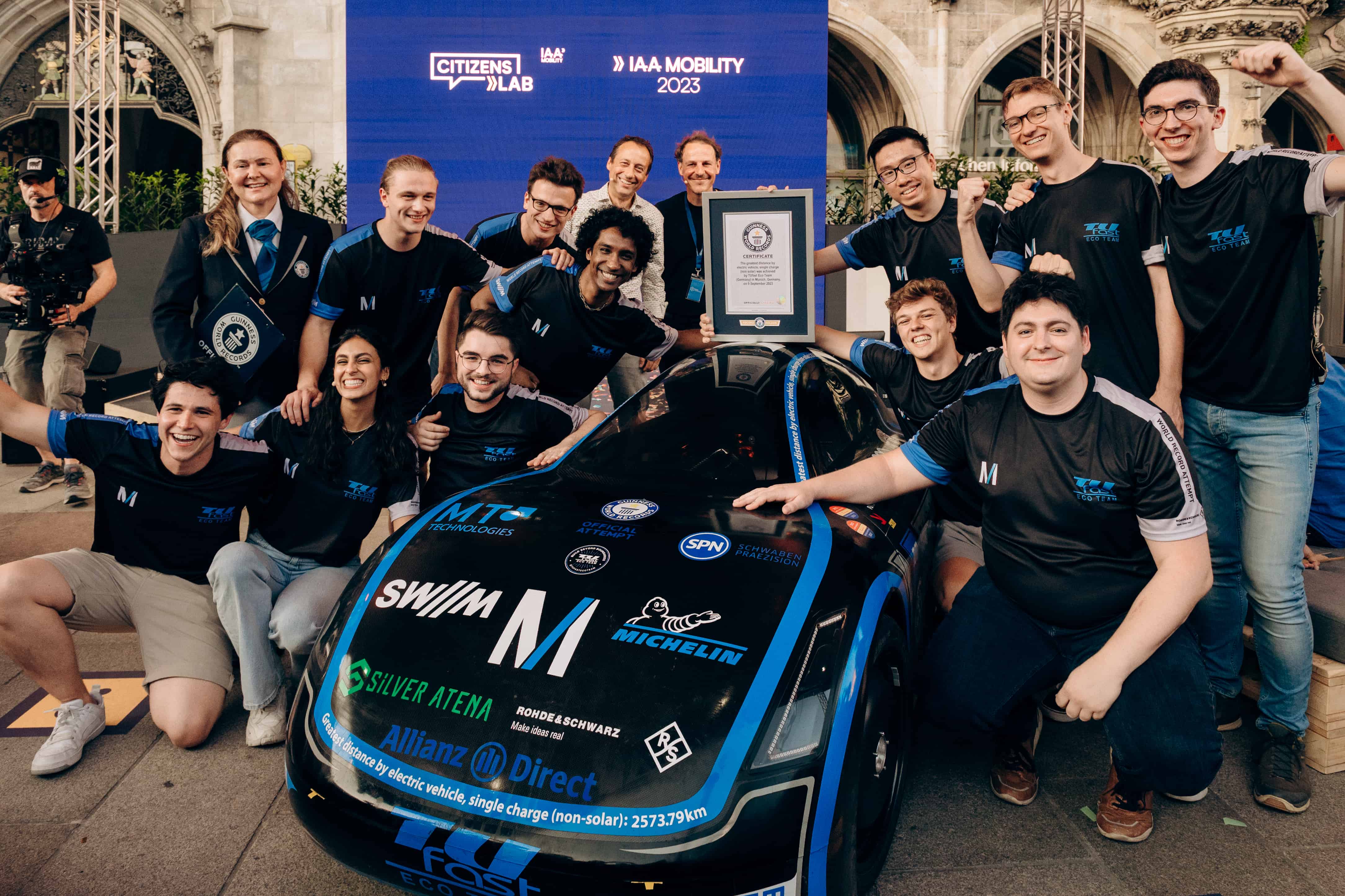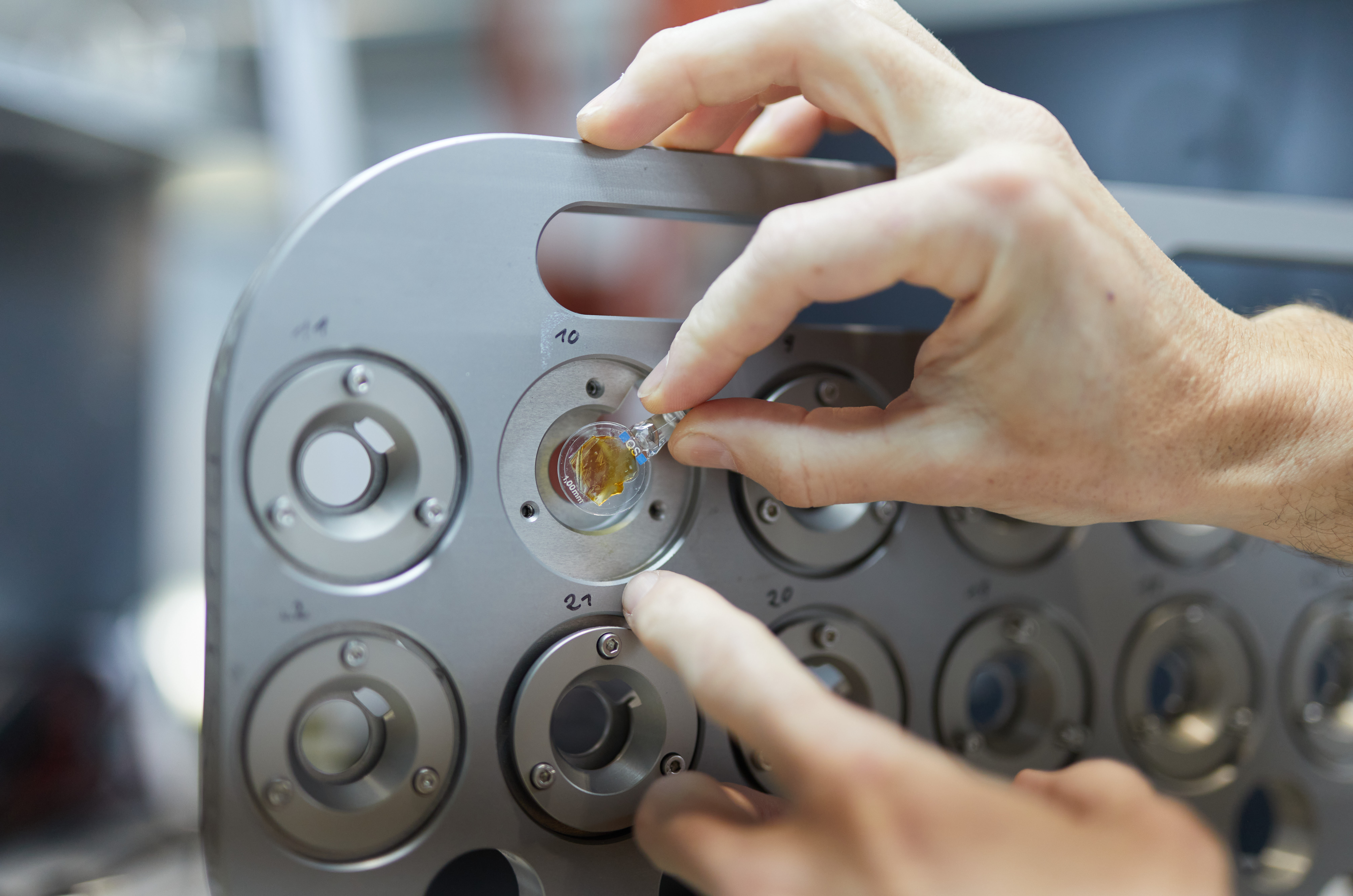
Masks, social distancing and regular testing – these are all things that have become everyday life in less than two years’ time. Just imagine if there were a way to eliminate the virus from the indoor air – thereby eliminating to a great extent the need for such protective measures. This is precisely what the Technical University of Munich (TUM) has accomplished, as announced in a press release
Total freedom of movement
Despite myriad precautionary measures, virus-contaminated aerosols still pose a serious problem indoors. An invisible protective wall of UV-C light developed by researchers at the Technical University of Munich (TUM) and the Division of Infectious Diseases and Tropical Medicine at the LMU University Hospital Munich could provide a solution and reliably curb the spread of viruses and other pathogens in rooms in the future while allowing total freedom of movement.
A research team from the Technical University of Munich and the Division of Infectious Diseases and Tropical Medicine at the LMU University Hospital Munich, in cooperation with the start-up Smart United GmbH, has developed an invisible protective “wall” made of UV-C light.
In their study, published as a preprint on medRxiv, the researchers demonstrated that this UV-C virus barrier can prevent the spread of airborne pathogens indoors by killing the pathogens traveling on the aerosol particles. The protection rate was verified using model organisms, including E. coli, S. aureus, and a coronavirus. Inactivation rates of over 99 percent were achieved at air velocities of 10 cm/s.
Eliminating over 99 percent of pathogens
“Our system can be suspended from the ceiling like a lamp to subdivide rooms. The UV-C light radiates downward in a focused manner. Like a protective curtain, pathogens are inactivated as soon as they “float through” the barrier while piggybacking on aerosol particles,” explains private lecturer Dr. Andreas Wieser, a specialist in microbiology, virology and infectious disease epidemiology at the Division of Infectious Diseases and Tropical Medicine at the LMU University Hospital Munich.
Professor Christoph Haisch from the Department of Analytical Chemistry and Water Chemistry at the Technical University of Munich adds: “In addition, the system with its patented protective mechanism disinfects breathing air in the room by drawing it in and slowly blowing it into the light-exposed area of the UV-C light wall. In combination with the direct barrier effect of the light wall, this effectively prevents the accumulation of infectious aerosols in the room.”
No health risks
Special shut-off devices ensure that the system’s UV-C light poses no health risks. As soon as an object or body part enters the radiated area, the source is automatically switched off. This also applies when people pass through the light curtain, allowing total freedom of movement. The UV-C virus barrier can be used as an invisible room divider to segment large rooms into smaller “virtual” air-insulated rooms. This allows the system to be deployed as an essential part of aerosol hygiene concepts in rooms and buildings.
“We are currently doing everything imaginable to bring our virus protection walls to market as quickly as possible,” says Reiner Prohaska, Managing Director of the cooperation partner Smart United. “Alongside the scientific validation of the system, we have started preparing production with well-known suppliers in the automotive industry. Starting in early January, we will commence space planning with our first customers. In April, we will deliver the first UV-C light virus protection walls – with the goal of returning a piece of normality to people’s lives.”
Also interesting: Successful vaccination against COVID-19 even without B cells
Selected for you!
Innovation Origins is the European platform for innovation news. In addition to the many reports from our own editors in 15 European countries, we select the most important press releases from reliable sources. This way you can stay up to date on what is happening in the world of innovation. Are you or do you know an organization that should not be missing from our list of selected sources? Then report to our editorial team.







